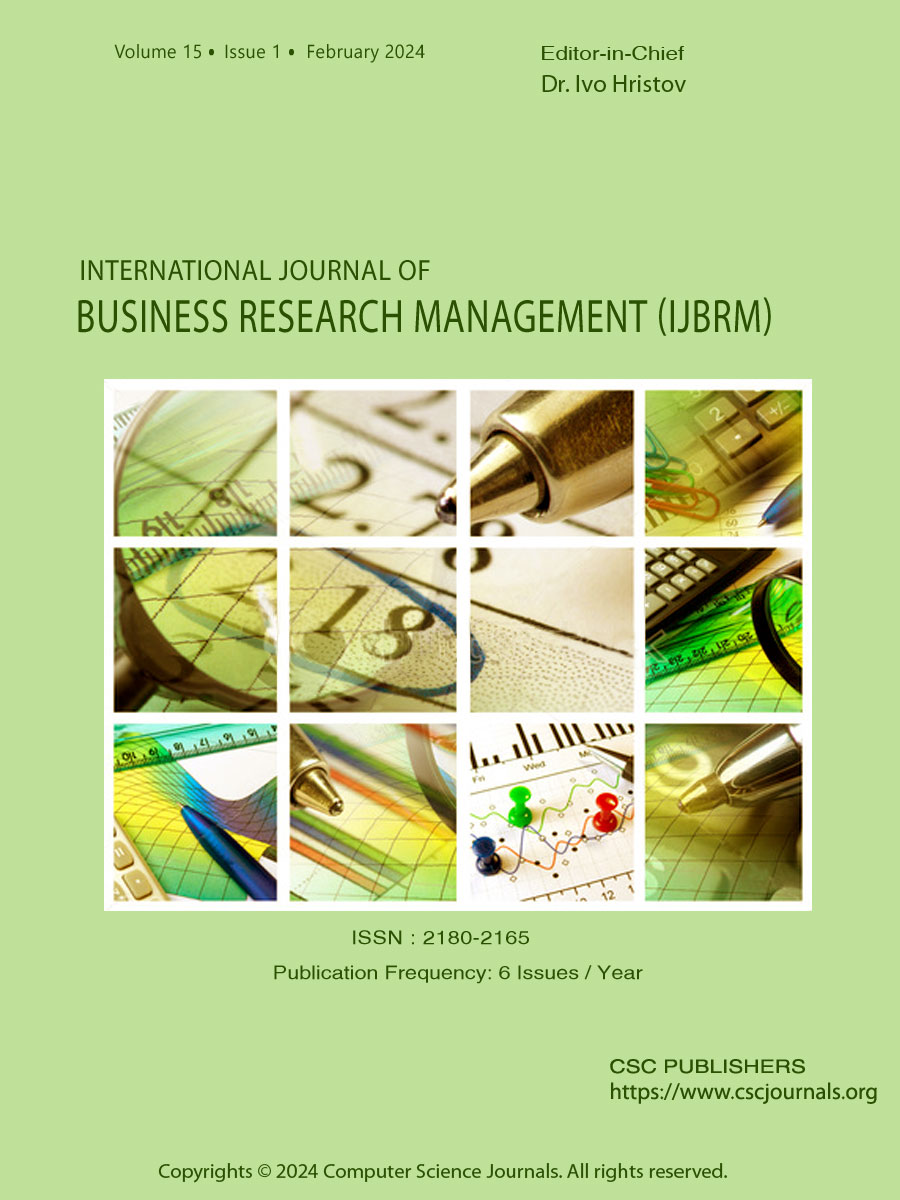| Performance, Risk and Decision Making (SIBRM4) |
| |
| GUEST EDITORS |
|
• Professor Selim AREN (saren@yildiz.edu.tr)
Yildiz Technical University (Turkey) |
|
| |
| DETAILS |
The environment of uncertainty and accompanying risks have an important place in the decision-making processes of individuals. For this reason, the risk factor is included very much in the studies. Because while some of the individuals like to take risks in their investments or decisions; another part avoids risk. This attitude also varies according to the personality traits of individuals. Risk is a deviation from expected (Aren and Koten, 2019). Perception is a sensory experience and is shaped by experience and actions planned to make in the future (Romo and Rossi-Pool, 2020). It includes cognitive evaluation but is also affected by factors such as optimism, fear, and regret (Loewenstein et al., 2001). Risk perception, on the other hand, is the subjective feelings of individuals regarding various losses while taking assets (Li et al., 2020). It has a structure that is shaped not only by quantitative facts but also by qualitative characteristics (Sachse et al. 2012). There is no general and absolute risk aversion of individuals. As they have different preferences for the same alternatives at different times (Aren and Akgüneş,2018), risk perceiving and risk aversion in issues of health, financial investment, etc. can be quite different from risk perceiving and risk aversion in travel and sports preferences. For this reason, different decision makers (financial, managerial etc.) may have different risk assessments according to different variables. Risk assessment is also closely related to performance as it will affect the decision. Both individual performance and firm performance are affected by the decision-maker decision. For this reason, risk measurement, risk perception, performance and decision-making porcess are important issues that need to be investigated. This special issue will especially include articles on performance measurement, risk measurement, risk perception measurement, and managerial and financial variables that affect the decision-making process. Performance measurement can be evaluated in a very general perspective. All performance evaluations can be made, from the performance of fund managers and funds to the performance of companies and managers. Similarly, studies using qualitative and quantitative variables will be accepted for risk measurement. All theoretical and empirical studies that evaluate the qualitative or quantitative determinants of the decision and its effects on the decision making process are acceptable.
LIST OF TOPICS
A CALL FOR PAPERS is based on these possible (but not exclusively) themes including:
• Decision Making Process
• Determinant of Decision Making
• Effects of Decision Making
• Performance Measurement
• Risk Measurement
• Risk Perception
REFERENCES
[1] Aren, S., and Koten, A. B., (2019). "The Effects Of Emotions On Risk Aversion Behaviour", Journal of Life Economics, 6(4), pp. 421-436.
[2] Romo, R. & Rossi-Pool, R. (2020). Turning Touch into Perception. Neuron, 105(1), 16-33
[3] Li, Z., Sha, Y., Song, X., Yang, K., ZHao, K., Jiang, Z., & Zhang, Q. (2020). Impact of risk perception on customer purchase behavior: a meta-analysis. Journal of Business & Industrial Marketing, 35(1), 76-96. DOI:10.1108/jbim-12-2018-0381
[4] Loewenstein, G.F., Weber, E.U., Hsee, C.K. & Welch, N. (2001). Risk as feelings. Psychological Bulletin, 127, 267-286.
[5] Sachse K., Jungermann H. & Belting J.M. (2012). Investment risk The perspective of individual investors. Journal of Economic Psychology, 33, 437-447
[6] Aren S., Akgünes A.O., (2018) Evaluation of the Effect of Emotions on Investment Decision Making with Structural Equation Model, International Journal of Academic Value Studies, 4(19), 363-371
|
|
| |
|
|
|


